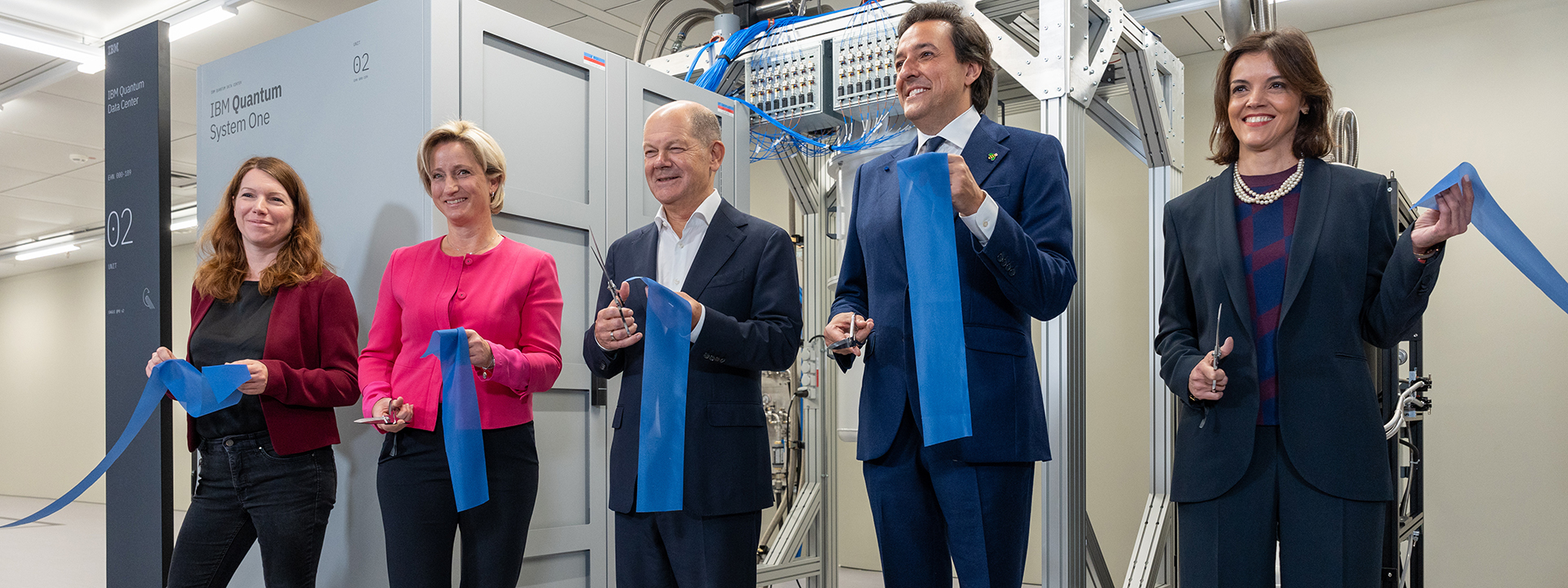
Revolutionizing Android Development with Jetpack Compose
The landscape of app development is rapidly evolving, and among the leading innovations is Jetpack Compose, a modern toolkit introduced by Google. This new approach allows developers to build apps with a more intuitive and flexible UI, which is particularly appealing for those transitioning from traditional methods. In this article, we’ll explore how Jetpack Compose simplifies UI development, its advantages over conventional frameworks, and why it’s becoming the go-to choice for new Android applications.
 Innovative possibilities with Jetpack Compose
Innovative possibilities with Jetpack Compose
Understanding Jetpack Compose
Jetpack Compose is a declarative UI toolkit designed to simplify the process of creating user interfaces on Android. Unlike the traditional XML-based layout methods, it leverages a reactive programming model that automatically updates the UI in response to data changes. This results in a more dynamic and responsive user experience. Numerous successful applications such as Dropbox, Zalando, and the Google Play Store are early adopters of this framework, showcasing its robustness and reliability.
The strengths of Jetpack Compose lie in its simplicity and minimum boilerplate code, which enables developers to focus on the core functionality of their apps. With the reactive model, developers can declare the UI they wish to see, and the toolkit takes care of updating the necessary components as data shifts. This stands in stark contrast to the traditional imperative model, where developers needed to explicitly manipulate every aspect of the UI.
Reactive Programming and Its Benefits
The core concept behind Jetpack Compose is reactive programming, which emphasizes the relationship between the UI and underlying data models. By defining “state” objects, Compose can efficiently determine which parts of the UI need to be refreshed or rebuilt without the developer needing to manually handle each change. This leads to a dramatic increase in maintainability and reduces the chance of errors—an invaluable asset in large-scale applications.
One key benefit of adopting a reactive approach is improved code readability. The declarative syntax makes it clearer to see the intended UI structure at a glance. This can be particularly beneficial in team settings, where multiple developers might be working on different parts of the UI.
“Jetpack Compose allows developers to express the UI structure in a way that is both simpler and more aligned with the way we think about applications,” said Dr. Andreas Linke.
Beyond Jetpack Compose: Best Practices in UI Development
While Jetpack Compose is making waves, other trends also demand attention. A recent discussion among developers highlighted the relevance of design patterns in building robust applications. Comparisons have been drawn between these patterns and modular systems like IKEA furniture, which are easy to build upon and modify.
Design patterns like Singleton, Factory, and Observer are integral to object-oriented programming (OOP) and can significantly enhance code quality, testability, and maintainability. Understanding and utilizing these patterns can facilitate smoother collaboration within teams, especially for large projects where management of complexity is crucial.
The Impact of Platform Engineering
In parallel with Jetpack Compose’s rise, there is an exciting shift towards Platform Engineering. This concept addresses the growing complexities faced by development teams, aiming to enhance productivity and job satisfaction by balancing standardization with flexibility. As companies increasingly embrace hybrid clouds and the microservices architecture, the need for specialized roles focused on platform stability and developer experience becomes evident.
Mirco Hering, a noted authority in this area, suggests that Platform Engineering could be the next big trend in software development. “By providing developers with better tools and a more manageable environment, organizations can improve overall workflow and app delivery speed,” he states.
The Charge Towards TypeScript
Furthermore, the advent of TypeScript is revolutionizing command-line interface (CLI) applications. Timo Zander posits that TypeScript could potentially replace traditional shell scripting languages like Bash as the preferred option for building these applications. The seamless integration with the Node.js runtime promotes cross-platform capabilities while offering a comprehensive standard library.
Conclusion
In conclusion, as Android development evolves, embracing frameworks like Jetpack Compose is not just advisable; it’s imperative. The efficiency, maintainability, and intuitive nature of reactive programming offer compelling advantages not just for individual developers but for entire teams. Coupled with emerging trends like Platform Engineering and the rising popularity of TypeScript, the future looks bright for developers willing to adapt and innovate.
Staying Ahead in a Fast-Paced Environment
As the software development landscape shifts towards more efficient methodologies, developers are encouraged to upskill continuously and embrace change. Engaging with modern tools and frameworks will ensure they remain competitive and capable of producing high-quality applications that meet the ever-evolving needs of users.














